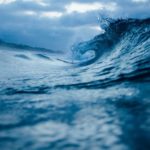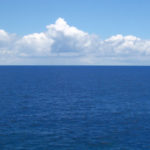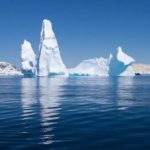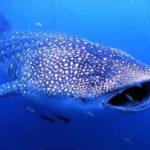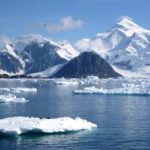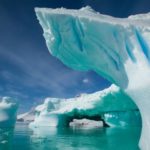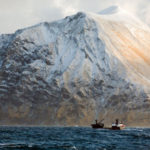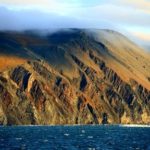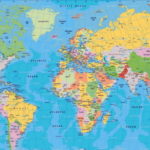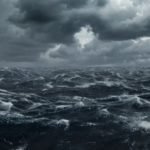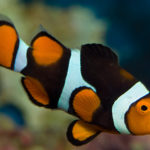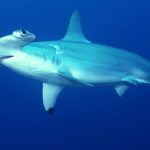Interesting facts about the North Ocean
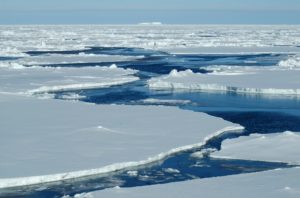 The Arctic Ocean, despite its formidable name, is by no means a lifeless water desert. In his cold waters, life is boiling – fish, plants, animals … It is very difficult for a man to survive in these parts, but mother nature has perfectly adapted its creatures to harsh conditions.
The Arctic Ocean, despite its formidable name, is by no means a lifeless water desert. In his cold waters, life is boiling – fish, plants, animals … It is very difficult for a man to survive in these parts, but mother nature has perfectly adapted its creatures to harsh conditions.
The Arctic Ocean is the coldest, shallowest and shallowest of the world’s oceans. It is about 4% of the total area of the earth’s waters.
The ocean floor is 70% composed of the outskirts of the terrestrial continents located under water.
In the center of the ocean there is ice, although it drifts from place to place, but never melts.
Shipping the Arctic Ocean mastered the RF, the United States and Canada. Sea navigation in these latitudes, despite the harsh natural conditions, is possible for most of the year.
In the West, this ocean was originally called the Hyperborean Sea, in Russia – by the Breathable Sea or the Sea-Ocean.
The name “Arctic Ocean” was approved by the decision of the USSR authorities in 1935.
The area of bays, straits and seas of the ocean is almost 10.3 million square kilometers, or 70% of its total area.
The North Ocean is the 2nd largest in the world in terms of the number of islands after the Pacific, the largest ocean on the planet.
In this cold ocean is the largest island on Earth – the area of Greenland is almost 2 176 000 square kilometers. In addition, here is the second largest archipelago on the planet – the Canadian.
On the territory of Iceland, another large land area in this ocean, more than three dozen volcanoes, and all of them are active.
The deepest place in the Arctic Ocean was discovered by researchers in the Greenland Sea – its depth is 5527 meters.
Due to the polar night, the surface of the Arctic Ocean is continuously cooled 50-150 days a year. Winter in this region lasts about 6.5 months, and the summer is sunny, but cold, so the Arctic ice practically does not decrease in size.
In the center of the ocean, even in summer, ice 3-5 meters thick drifts.
In the North Ocean there are many warm undercurrents – their speed exceeds 25 centimeters per second.
The waters of this ocean are conventionally divided into three layers: the surface layer (the most persistent and the temperature below 1.5 degrees), the subsurface (more salty and cold – -1.8 degrees) and deep (almost the same salty, but warmer-about -0.9 degree).
The water mass on the ocean floor is so inactive that the period of its circulation is 700 years.
Scientists have calculated that due to global warming, summer ice in the Arctic can completely melt by the middle of the 21st century.
In 2012, the ocean recorded a minimum amount of ice – 3.61 million square meters. km.
In the Arctic Ocean, there are about 150 species of fish, in addition, there are approximately 30 species of birds.
Most animals and birds living in the waters of the North Ocean have a white hide or feathers.
The inhabitants of the northern seas are famous for their exceptional size – there live giant mussels, jellyfish (up to 2 meters across), corals and sea spiders (the swing of the feet to 30 cm).
Another feature of the inhabitants of the North Ocean – high life expectancy. Cod in the icy waters lives up to two decades, halibut – for another 20 years longer, mussels – up to 25 years (although in the southern seas no more than 6 years).
